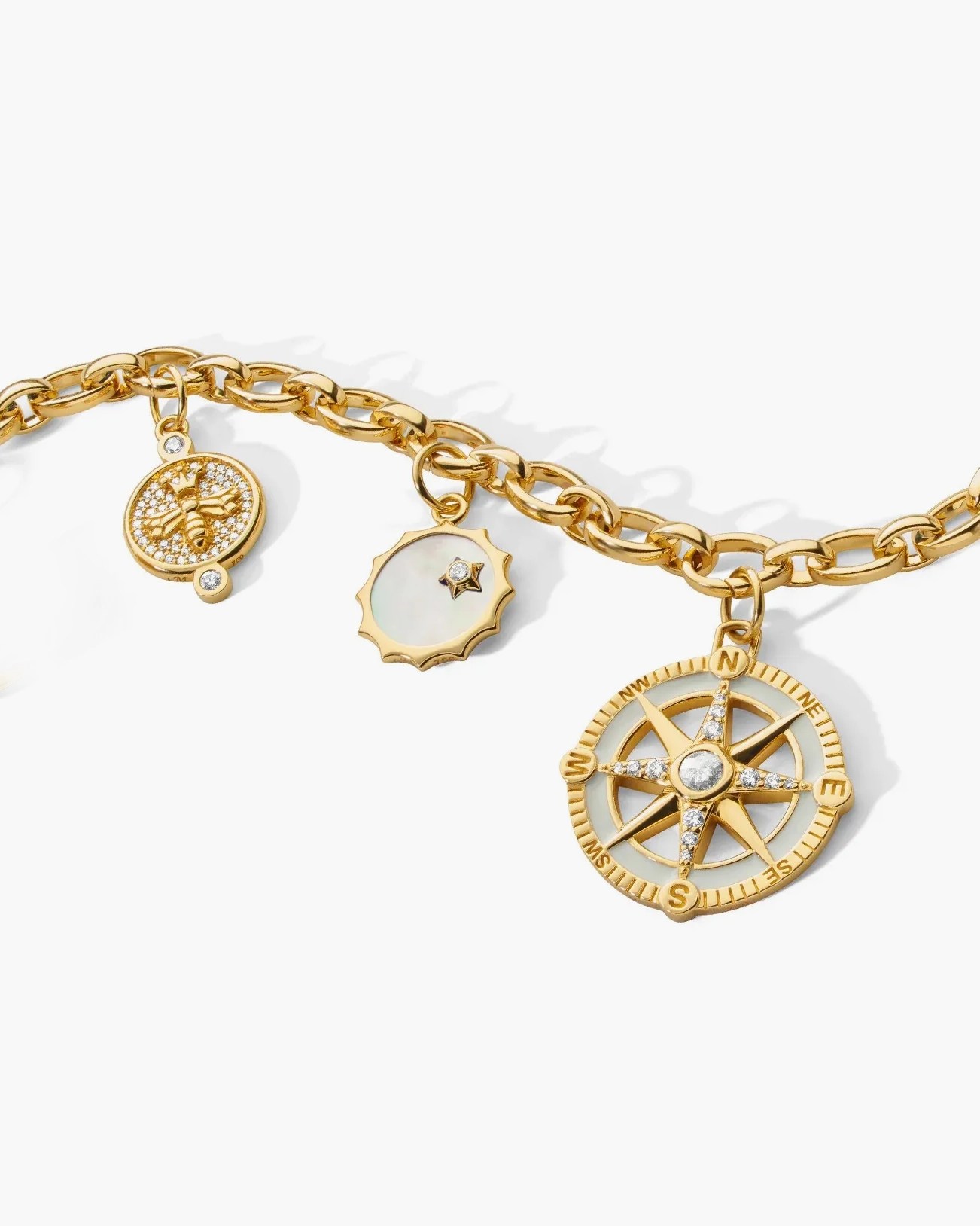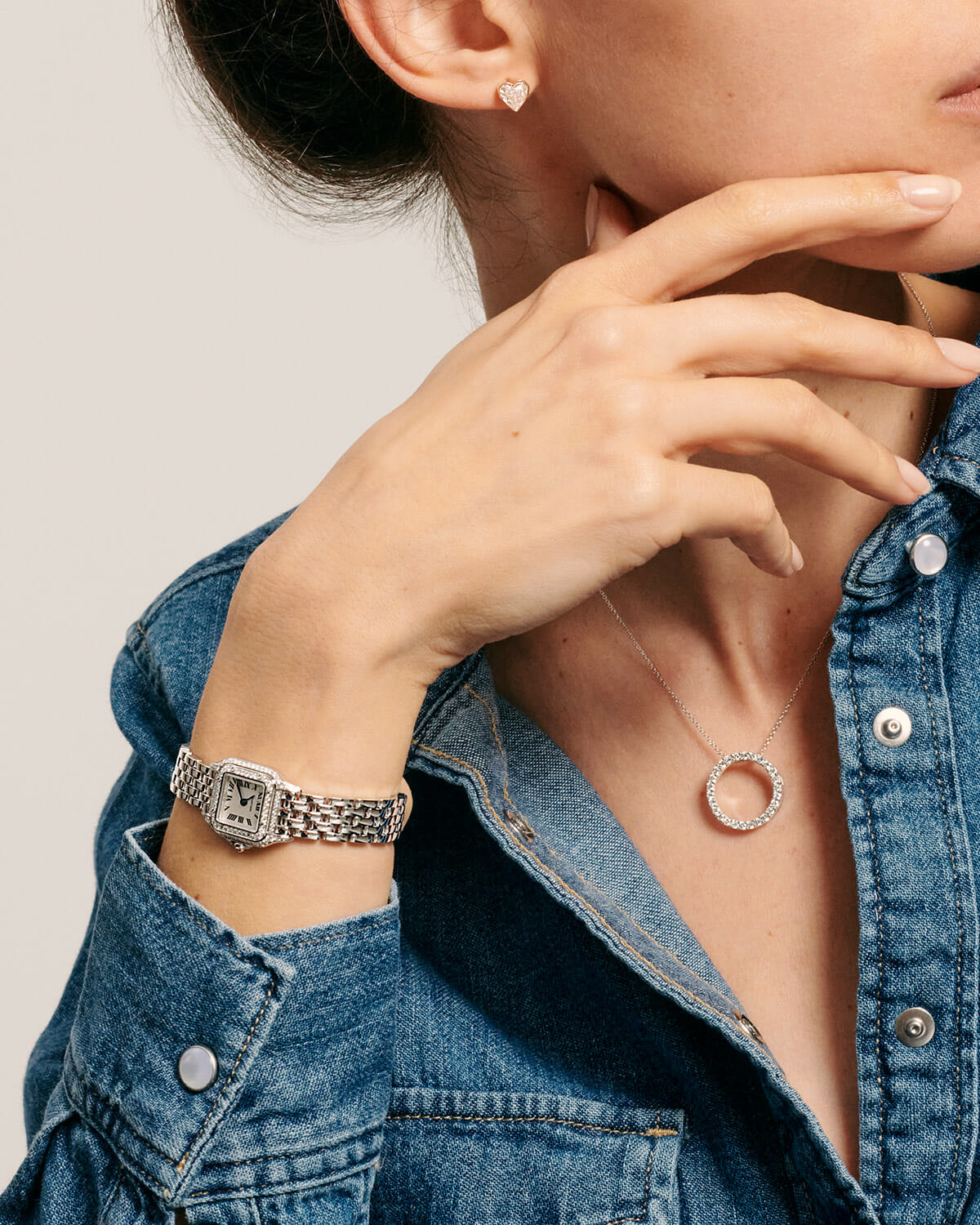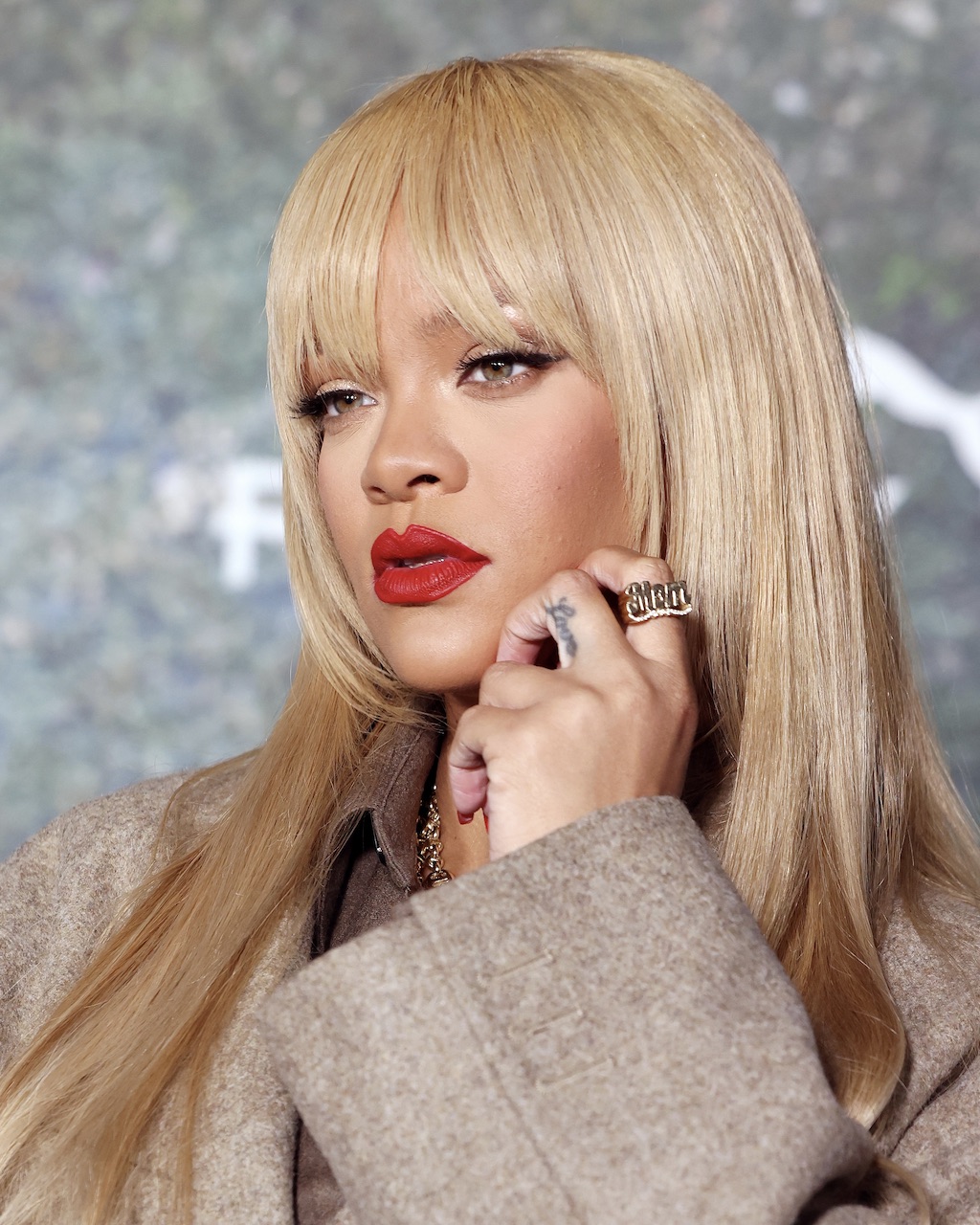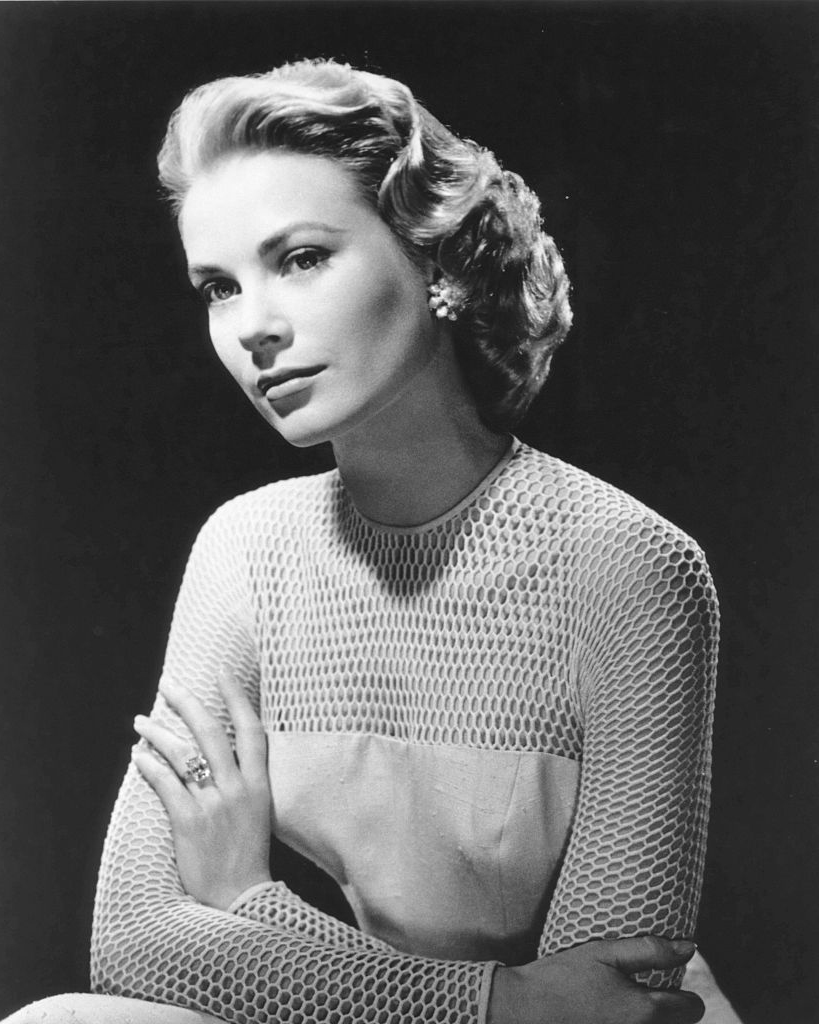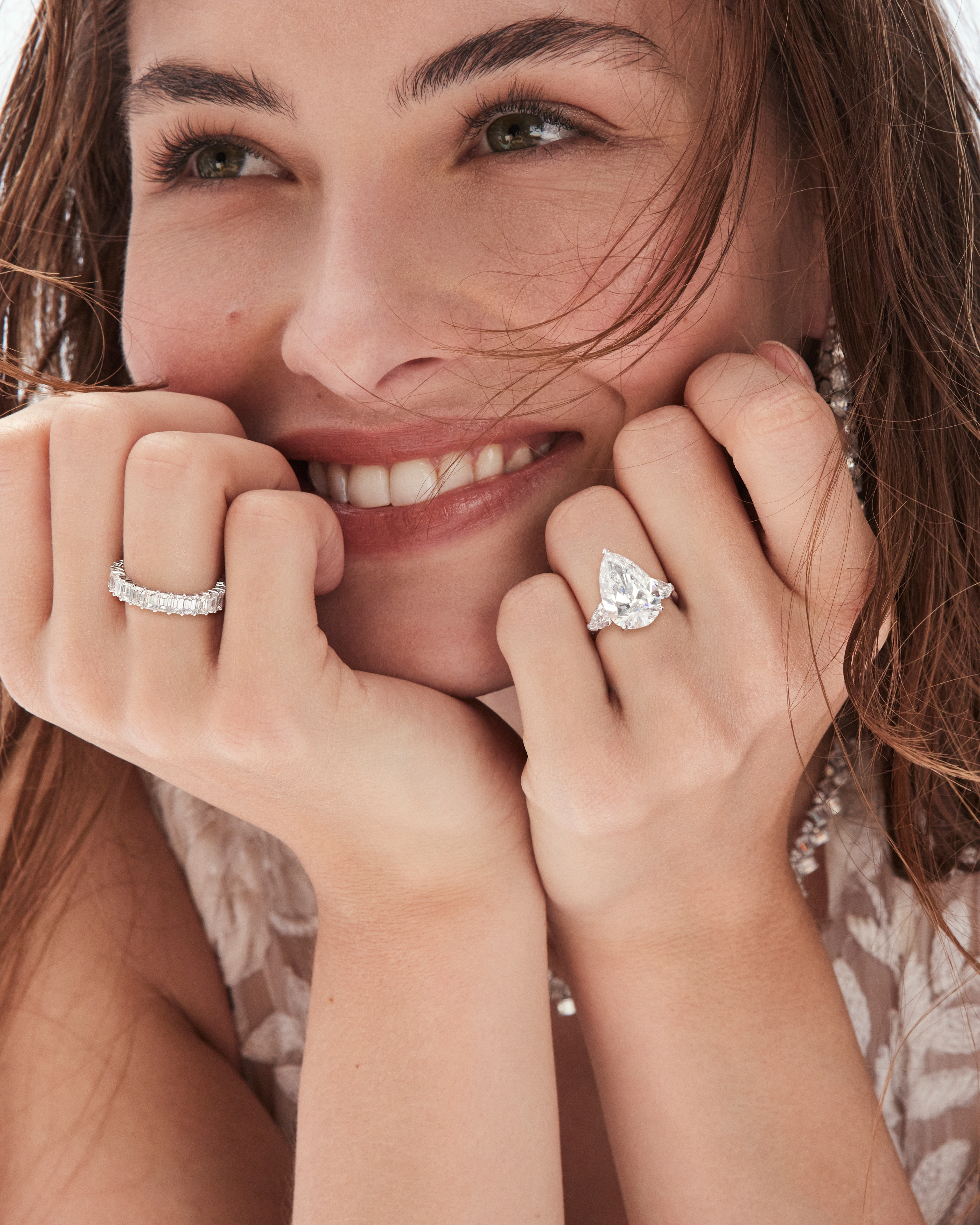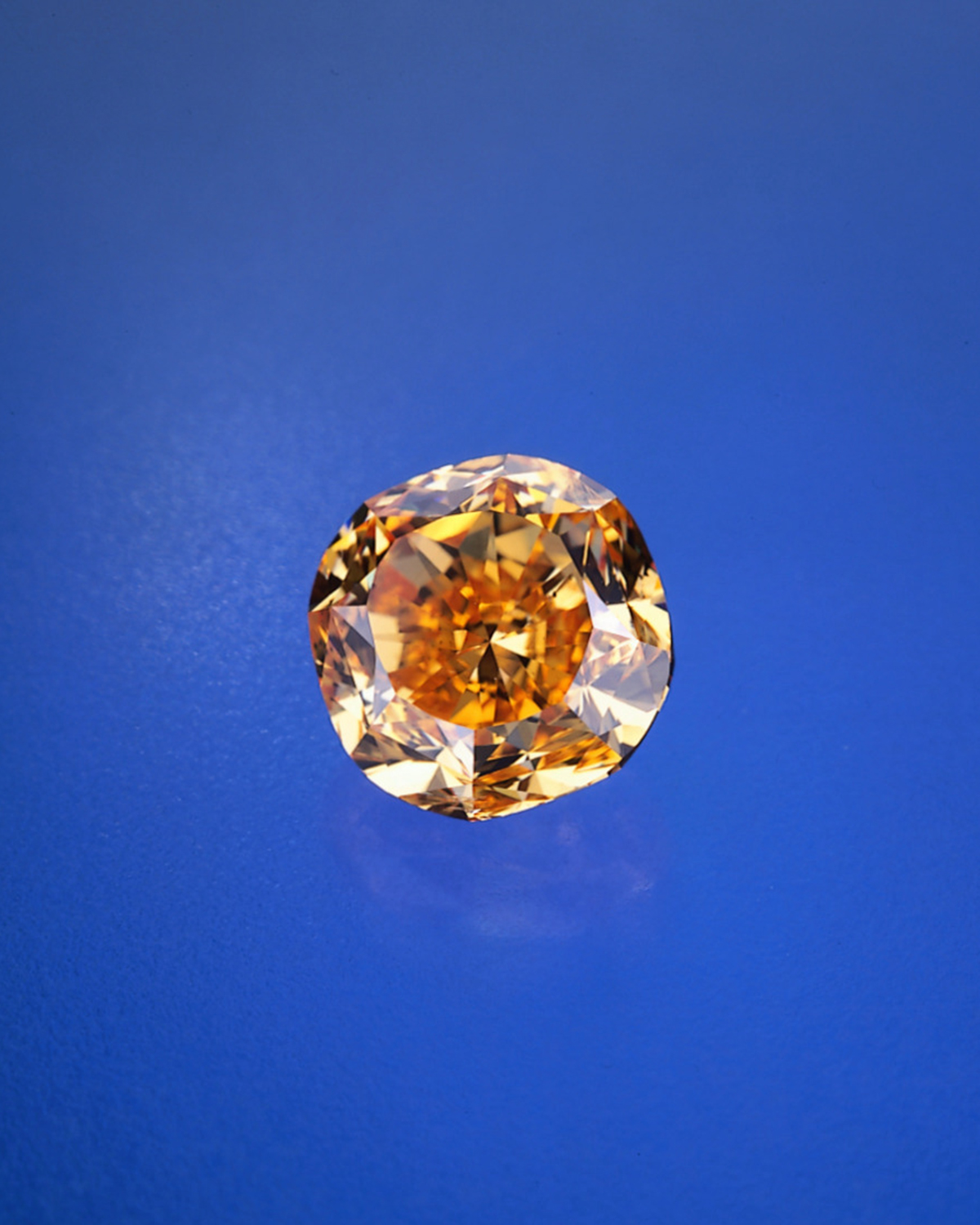Thelma & Lorraine: Diamond Jewelry Designers Go On An Adventure
A bond forged over a shared last name, a love of diamonds, and an unforgettable experience in Botswana.


When jewelry designer Lorraine West reached out to fellow designer Thelma West over Instagram in 2021, it felt like a fortuitous meeting of the minds. “I’m thinking, hold up, do I have a sister somewhere in the jewelry industry,” remembers Thelma with a laugh. “We both got invited to be a part of Sotheby’s Brilliant & Black,” chimes in Lorraine. “I saw your work, I saw you, I saw your last name, and thought, wow, this is amazing.”
For Thelma, who lives in London and grew up in Lagos, Nigeria; and Lorraine, a New Yorker with Caribbean roots, it was love at first DM. The Wests became fast friends before they could even meet in person. Here, Only Natural Diamonds has brought the two talented designers together to chat about all things natural diamonds, the Black experience in today’s jewelry industry, and their recent trip to Botswana, where they got to see the journey of a natural diamond firsthand.
This interview was condensed for clarity and length.
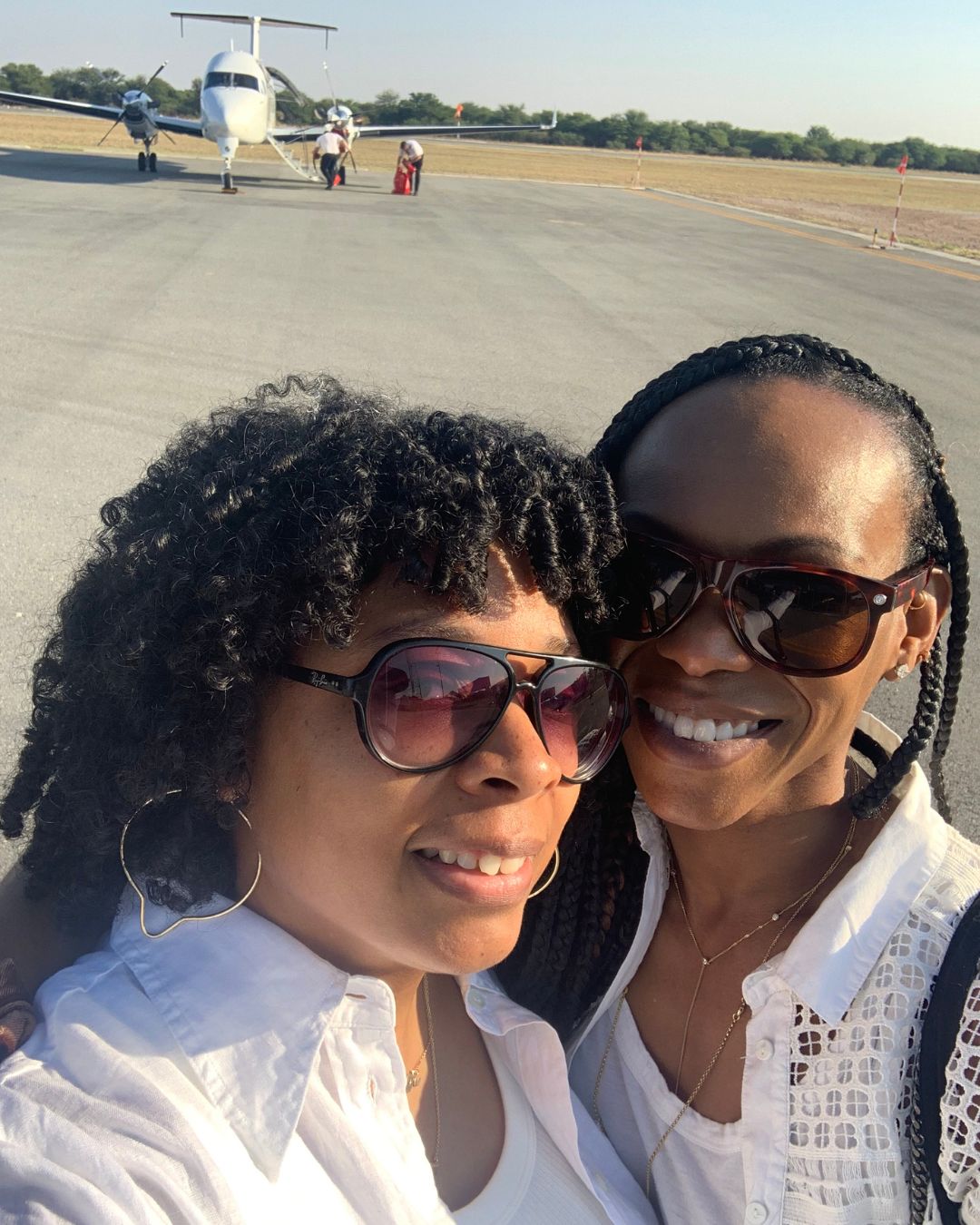
LORRAINE WEST: I knew I was going to be a professional artist since the second grade when I won an art contest. I continued the practice of visual art, sculpture, and different things growing up. I went to FIT for illustration and have a bachelor’s degree in fine art.
During my junior year, I walked past a jewelry supply store called Toho Shoji. I was mesmerized by all the beautiful beads and supplies and just the order that they had laid it out. I walked in with $23, walked out with $0, a set of pliers, cutters, some wire, and beads.
It was supposed to just be for fun and some months later, when I sold my first little loc ring for $8, my business started. That was 1997. By 1999, my work started to look more refined and professional, and I started working with different materials. It wasn’t until 2011 that I had my first bridal clients, and that’s really when a career in fine jewelry opened up for me.
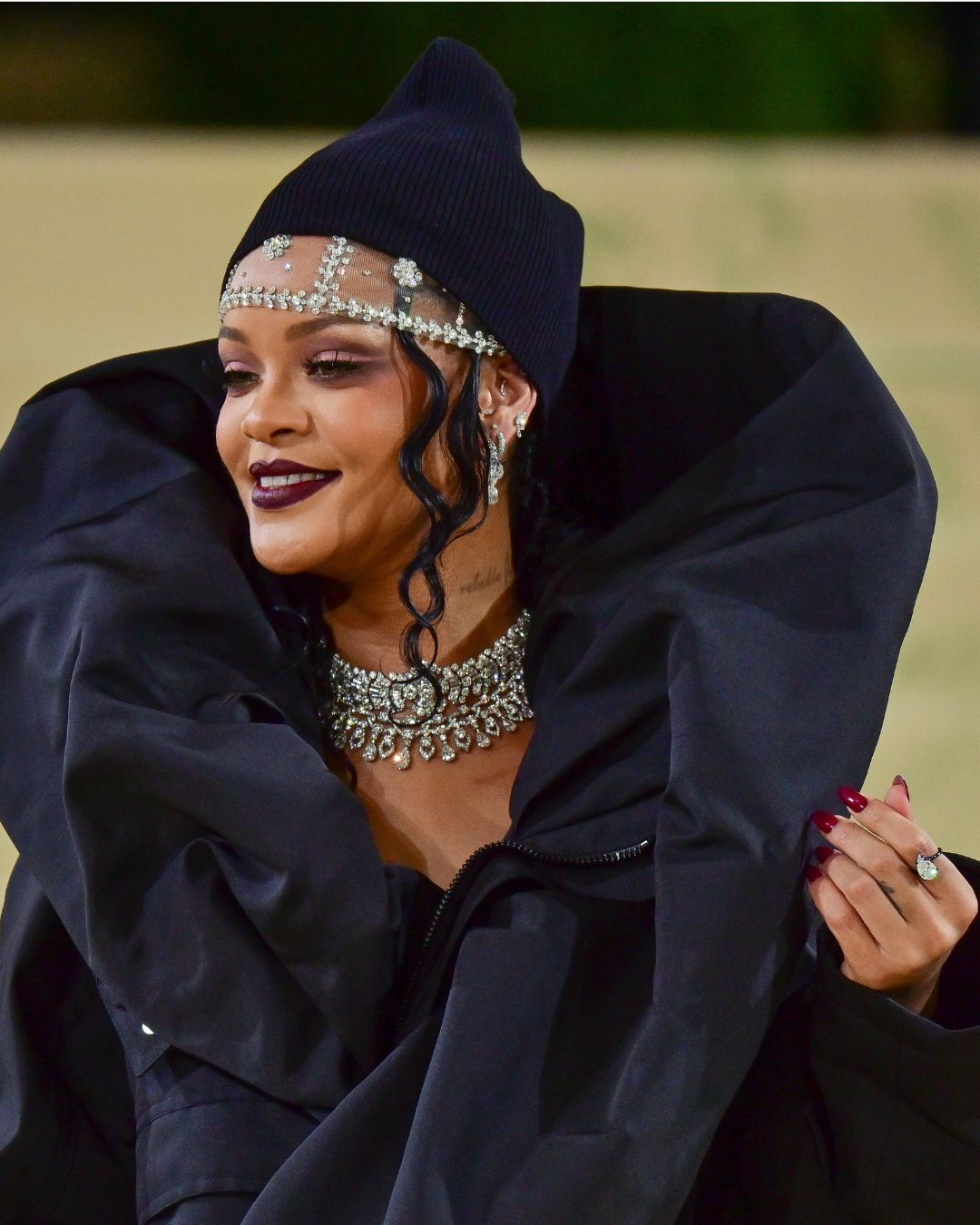
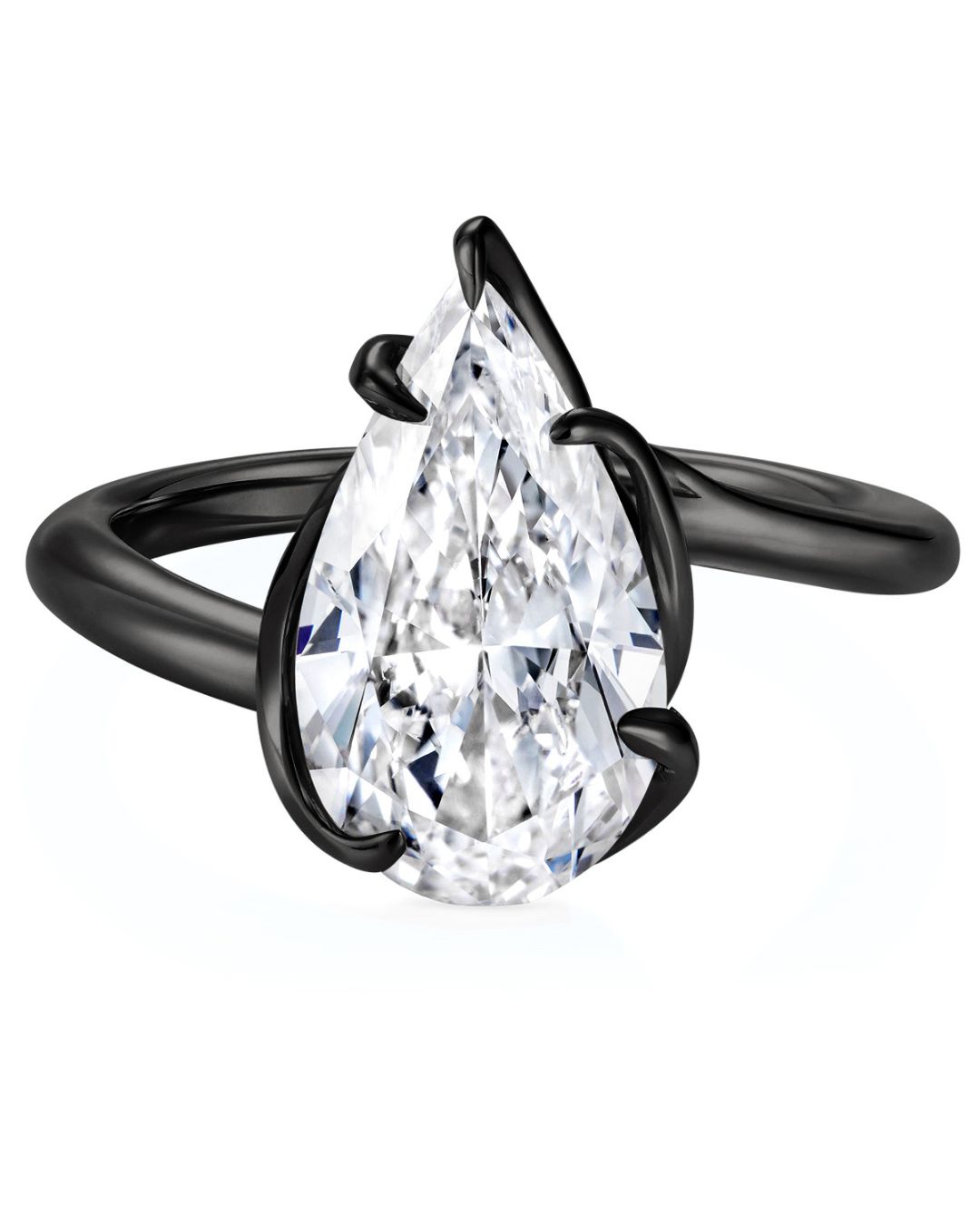
THELMA WEST: You are a legend in the industry. I think you did an [Instagram] live a couple of years ago, Lorraine, and that was very insightful for me to learn about your journey before we met.
I grew up in Lagos, and I was not on a very creative path. I was in the science field, mostly fueled by my family and the environment in which I grew up—science was more dependable. You could be a doctor or an engineer. That paid bills.
I grew up knowing how diamonds affected the continent, the good and the bad because you get to really feel it. While you’re there, you meet artisanal miners who do the work in the hot African sun, but they are earning a living, actually surviving.
On the other hand, I saw people coming to Nigeria from other diamond-producing countries because of conflicts, so it was very confusing. Choosing to study diamonds and really pursue it became intentional. I wanted to understand what they were and why they had so much power and influence. I found myself in Antwerp, where I studied gemology and diamonds, and I fell harder in love with the gem and the story, and I wanted to be a part of it.
After studying, I moved to London for work. Fast forward to friends asking me to create, and I started to design here and there, mostly around diamonds. That’s when my brand was born officially in 2012. The first piece I created was an engagement ring for a friend featuring an old-cut diamond.
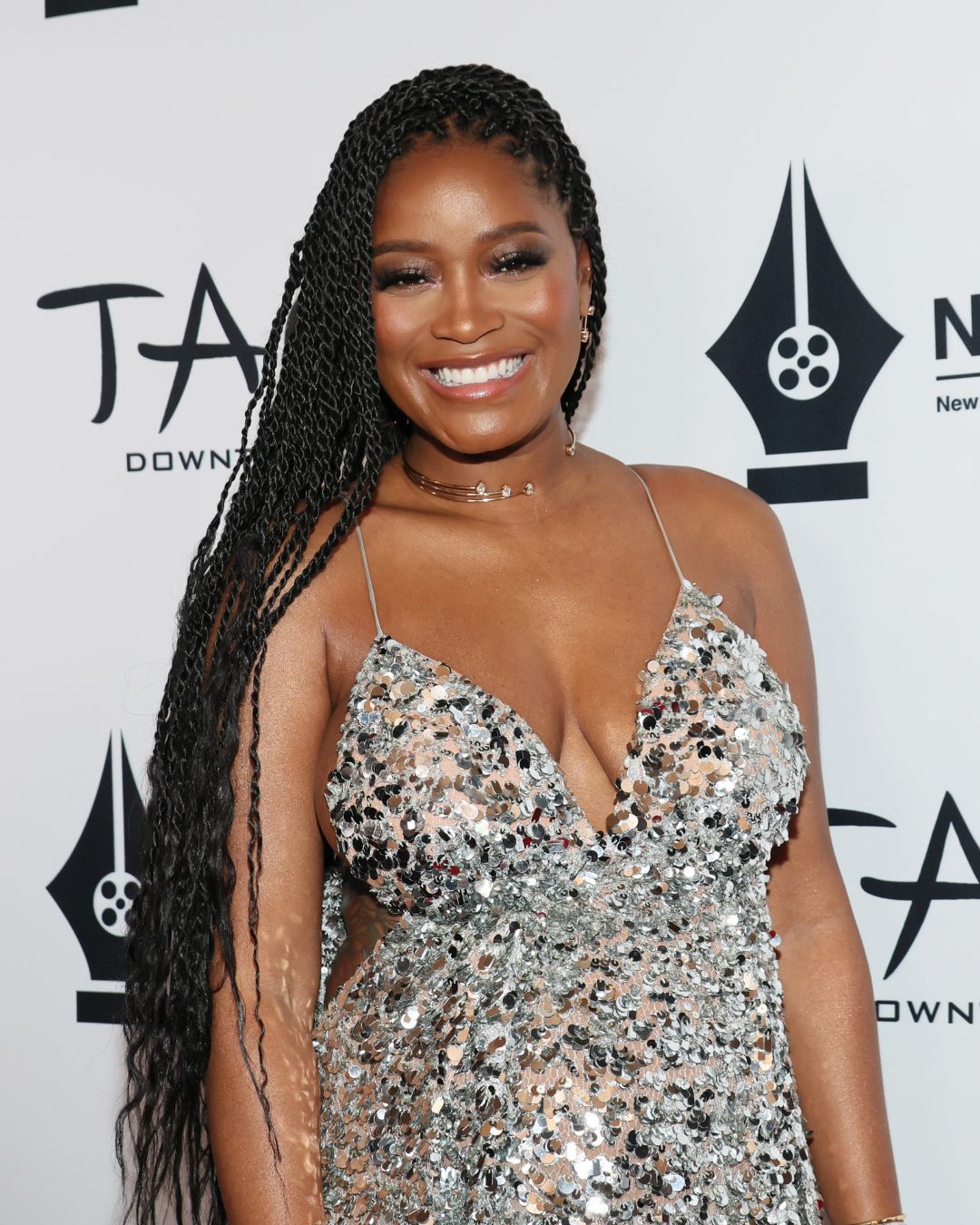
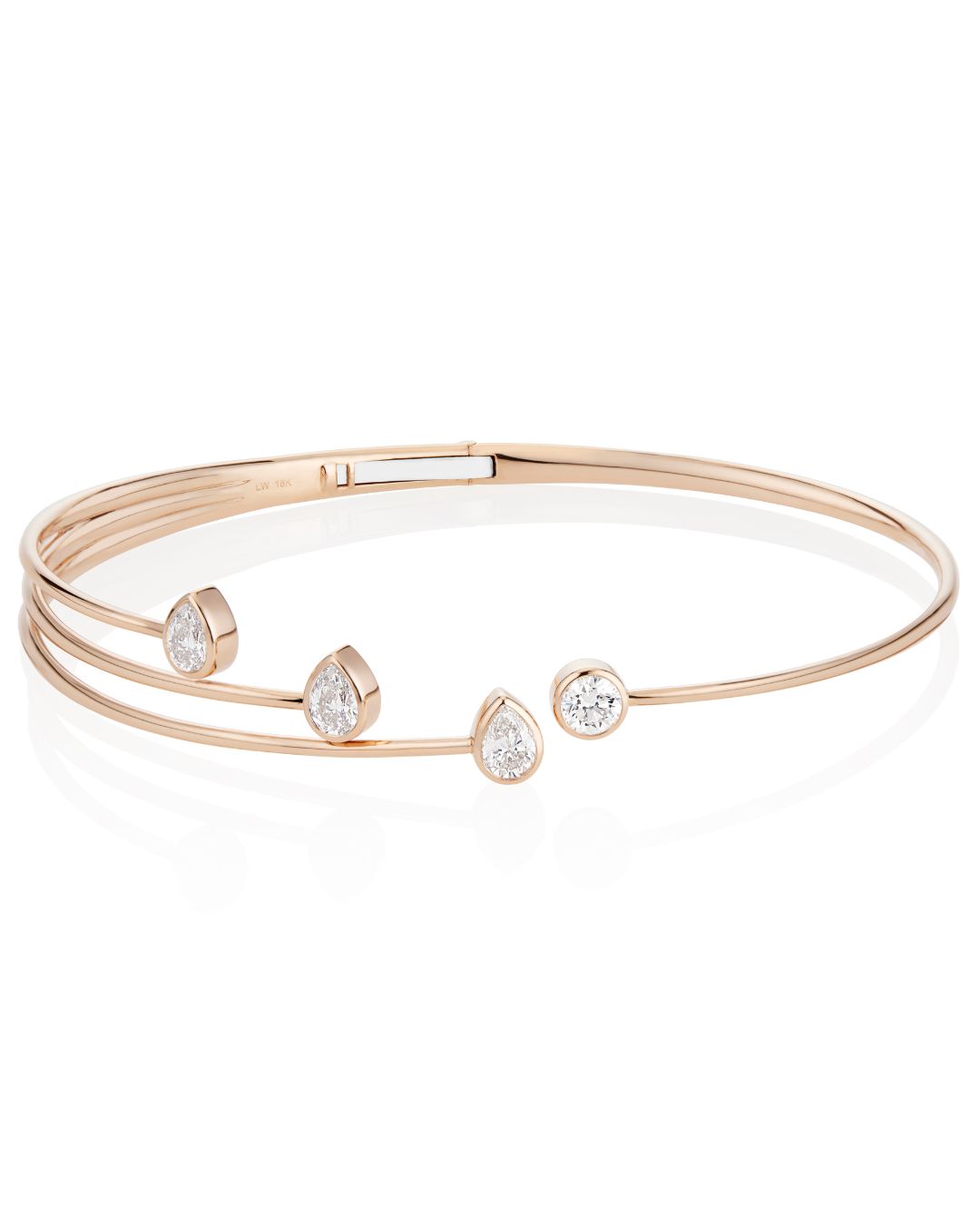
LW: It’s so cool that our entryway has been through the engagement rings. I always had a fascination with diamonds. They always seemed mysterious to me, but I didn’t know much about their history until I started getting older. So, I’ve had this curiosity. There’s got to be something good about them. They’re a gift the earth was blessed with millions of years ago, there has to be something special about this thing.
It wasn’t until 2011-2012 when a friend was looking to get engaged, and he asked for help. I had never done bridal, but I had experience making other types of jewelry. It was around the time of the year jewelers vacation, so there was nothing open, but I found a small, rough yellow diamond. Having to problem-solve in that way is how I got to where I am today. I had no formal training, and I am not a gemologist, but I do know a lot from experience.
The entryway to fine jewelry has changed my life for the better, from the people I’ve met, like you, Thelma; to so many amazing experiences and learning more about diamonds, how they do good, and how they give back. I am more educated and continually open to learning, so I can pass that on to my customers.
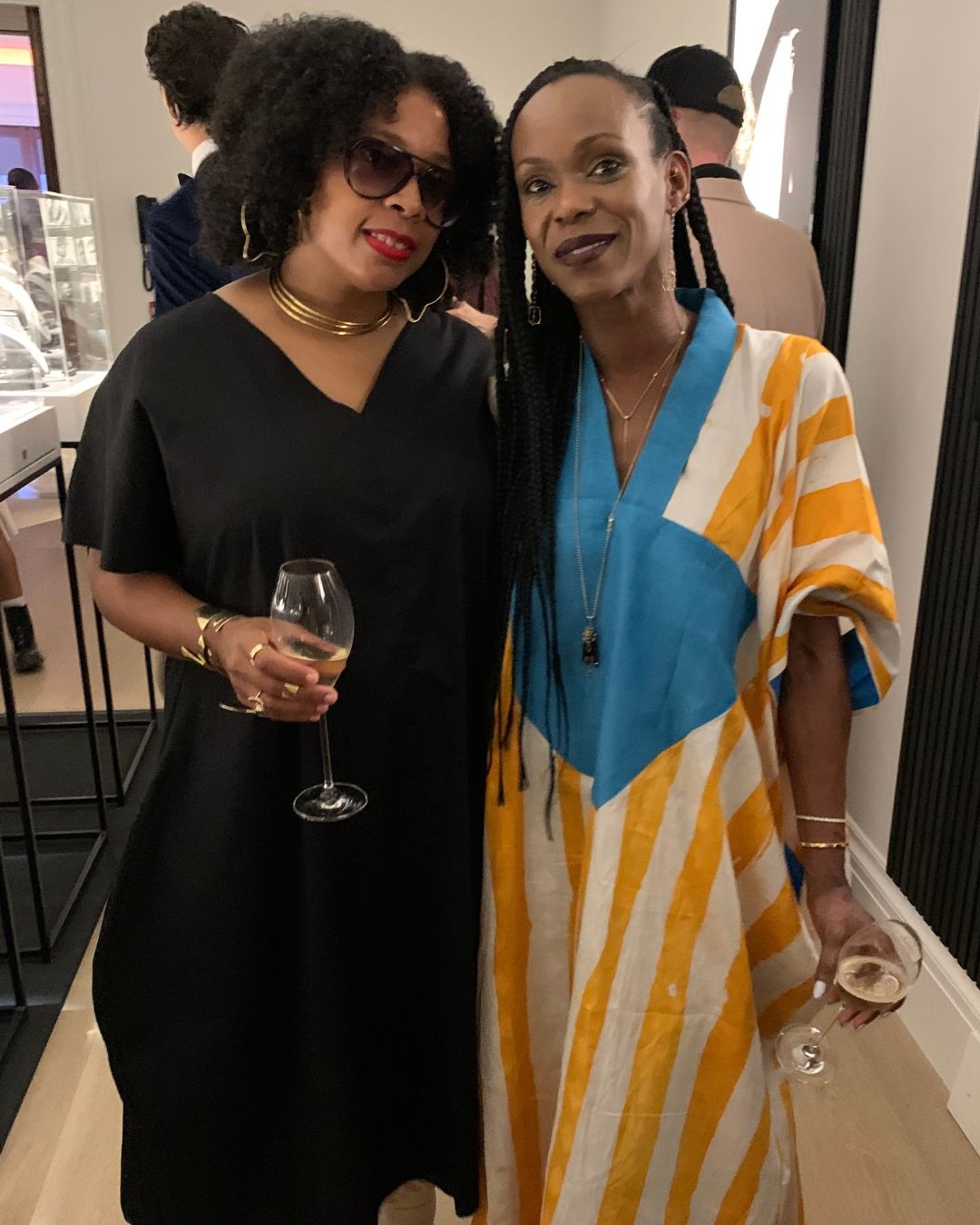
TW: Isn’t the power of networking, friendships, and these connections amazing? This is what our industry isabout. The people around you build you up, and that’s the energy that we strive for.
When I started at twenty years old, everyone would ask me questions like, ‘Who is your father? Do you own mines in Africa? What’s your connection to the industry?’ Like, you need to have a license or permission to be here. It’s been incredible navigating those waters where there’s constant doubt. It’s always been about trying to prove yourself one way or another, and it’s tiring to have to be creative simultaneously.
LW: What we have in common, though, is—well, our last name! That name must hold weight for some reason. Because it’s a direction, right?
TW: It is.
LW: Our last name lifts us up. Every room we walk into, we must have integrity and do our best. We won’t be denied our place in history, right? We belong not only as human beings, as women, as Black women, as mothers, wives, and all those things, but we also have something to say through our work.
Every piece that we create has a deep meaning. Every time I see something new, or something archived of yours, I’m like, yes, okay, there she goes! It’s very exciting. I think that’s why I felt so connected to you and your work.
We both got invited to be a part of Sotheby’s Brilliant & Black, an exhibition featuring pieces by 25 of the world’s leading Black jewelry designers, but you couldn’t come to the U.S. at the time because of COVID-19. I’m cool with sharing space, and I love peer-ship. I respect my peers and their talent and abilities.
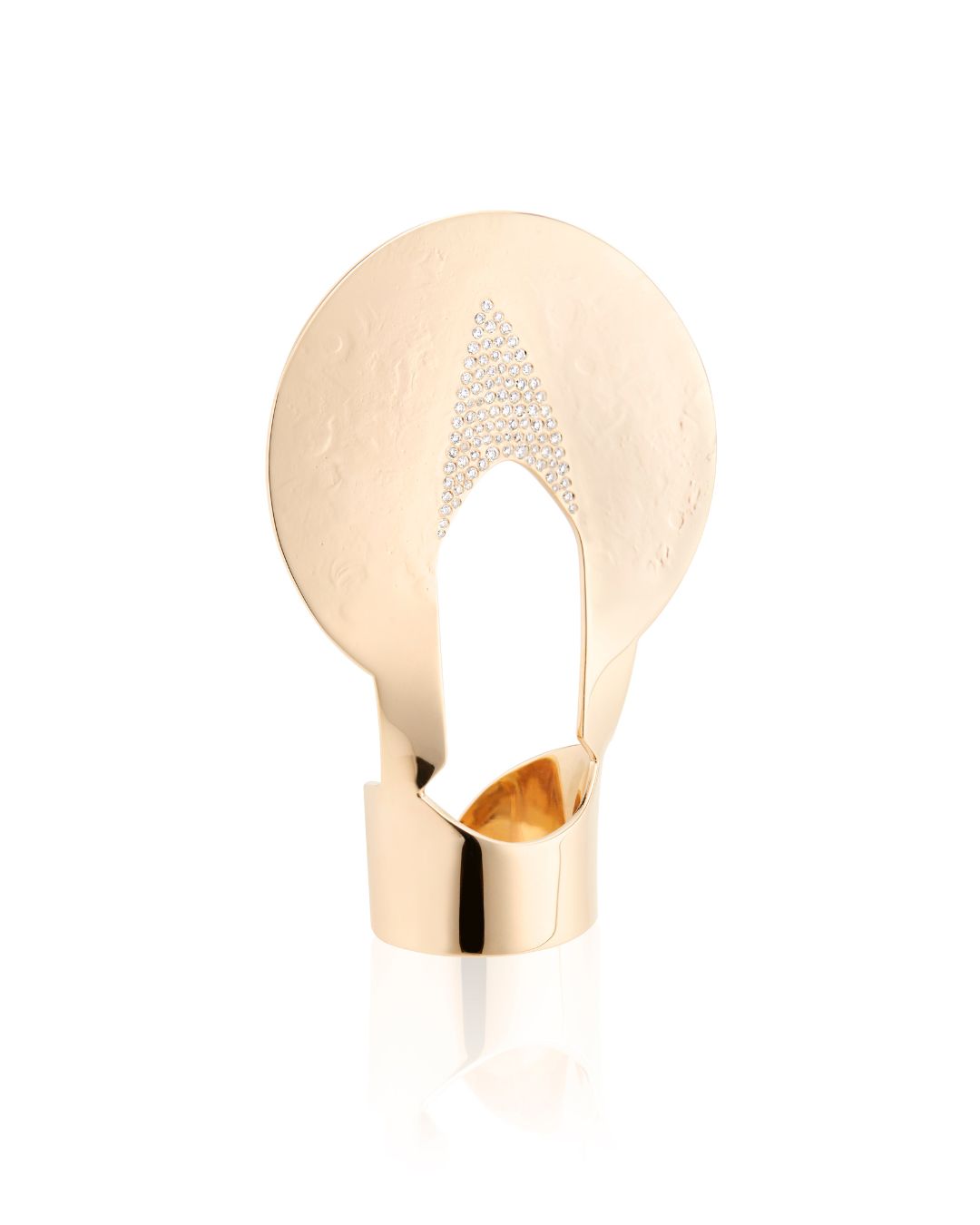
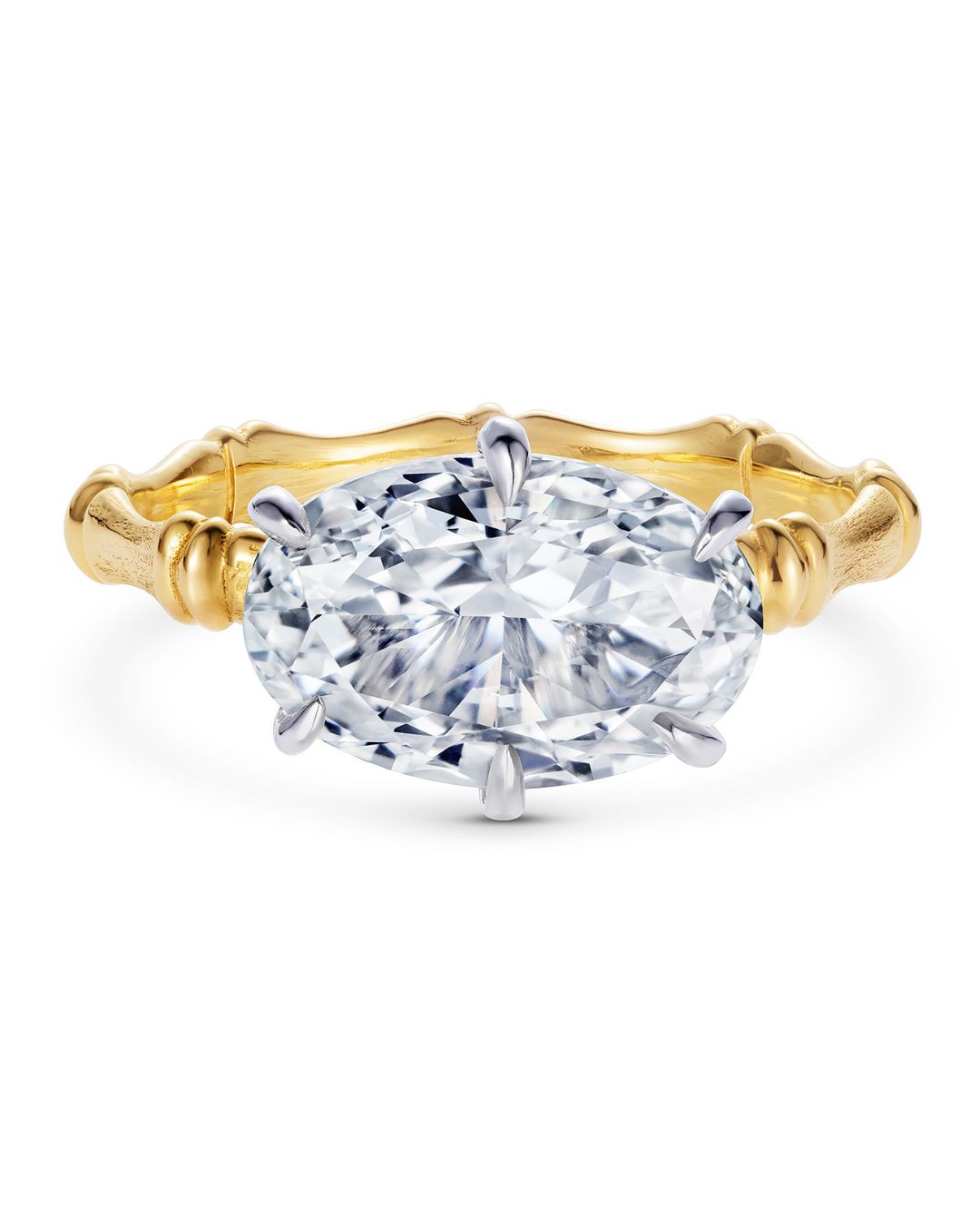
TW: I was over the moon that Black jewelers had a space like this to show their work, but I felt incredibly disappointed that I couldn’t share this moment. But I felt like I was there because of you. You took photos from every angle. You took photos of people at my stand, trying on pieces. It was incredible what you did, Lorraine. It was amazing. I don’t think I’ve ever told you this in person, but it was absolutely brilliant.
LW: I’m so happy that you appreciated it. I know what it’s like to miss out, to not be included, to not have your name mentioned. If I have the opportunity to share a moment with somebody who can’t be there, then I do it. Because once the moment is gone, it’s gone, you can’t go back. I felt a sense of peace knowing that you got to connect.
TW: That was a big lesson for me because of how included you made me feel. And I love how honest and open you are. You talk about real stuff, what we’re actually going through, things that matter. Whether it’s finances, buying diamonds, or making a piece.
I love what I create. I create a hero piece, and I put it out there because it means something to me. We try to tell the story of what it means as much as possible and hope that the wearer of the piece appreciates it and feels something. I’ll tell younger jewelers to just create and put it out. It doesn’t matter that it’s one. That’s how it starts.
I always use this—I don’t know if I can call it the signature piece, but I created the Rebel Black ring. I put everything into it. I loved it so much. Yet I am still doing more with it. I’m trying different metals and compositions—you know how it is to be creative. You keep toiling, you keep digging until you think, this is it, this is the final piece, if there is such a thing.
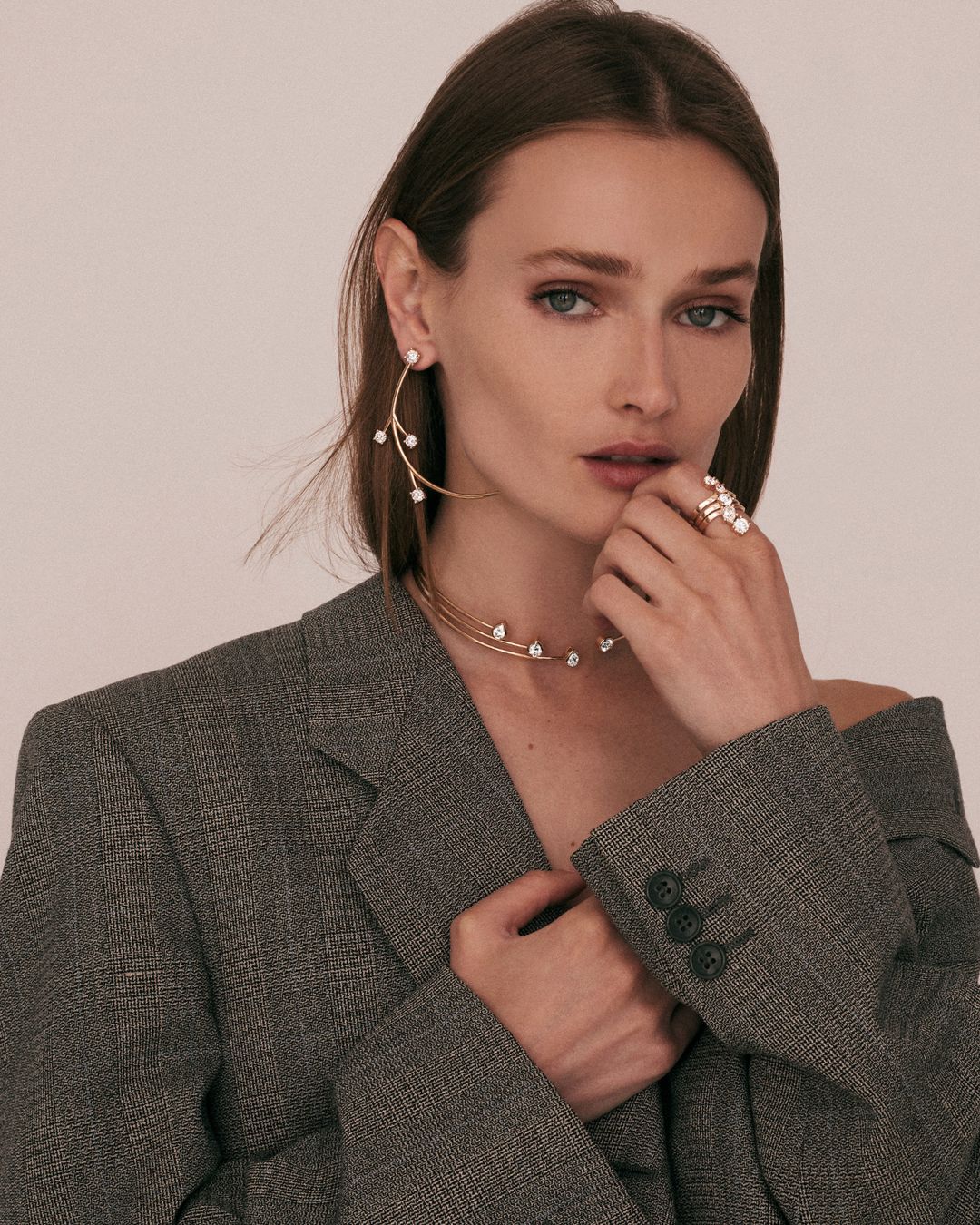
LW: I agree. I went through something similar with my 18K pavé diamond nipple hoops. I came up with that design as a bangle twenty years ago, and in 2017, I made the hoops in brass. Then Serena Williams wore them, and eventually, in 2020, I started doing more fine jewelry.
It was the first time I presented a fine jewelry capsule collection for the market. I had never done it. It was always just custom fine or bespoke fine. When Melanie Grant and I went through the pieces for the second installment [of Sotheby’s Brilliant & Black], she chose the nipple hoops. She said, ‘Do that in fine.’ And it blew my mind because now it’s like I’m sitting at the bench with 18K gold wire and wondering how I am going to incorporate the diamonds.
The diamonds told a deeper story, set on the little nipple part to represent breast milk or pouring into nurture. And that’s the basis of that piece. So, I can relate. It just takes time.
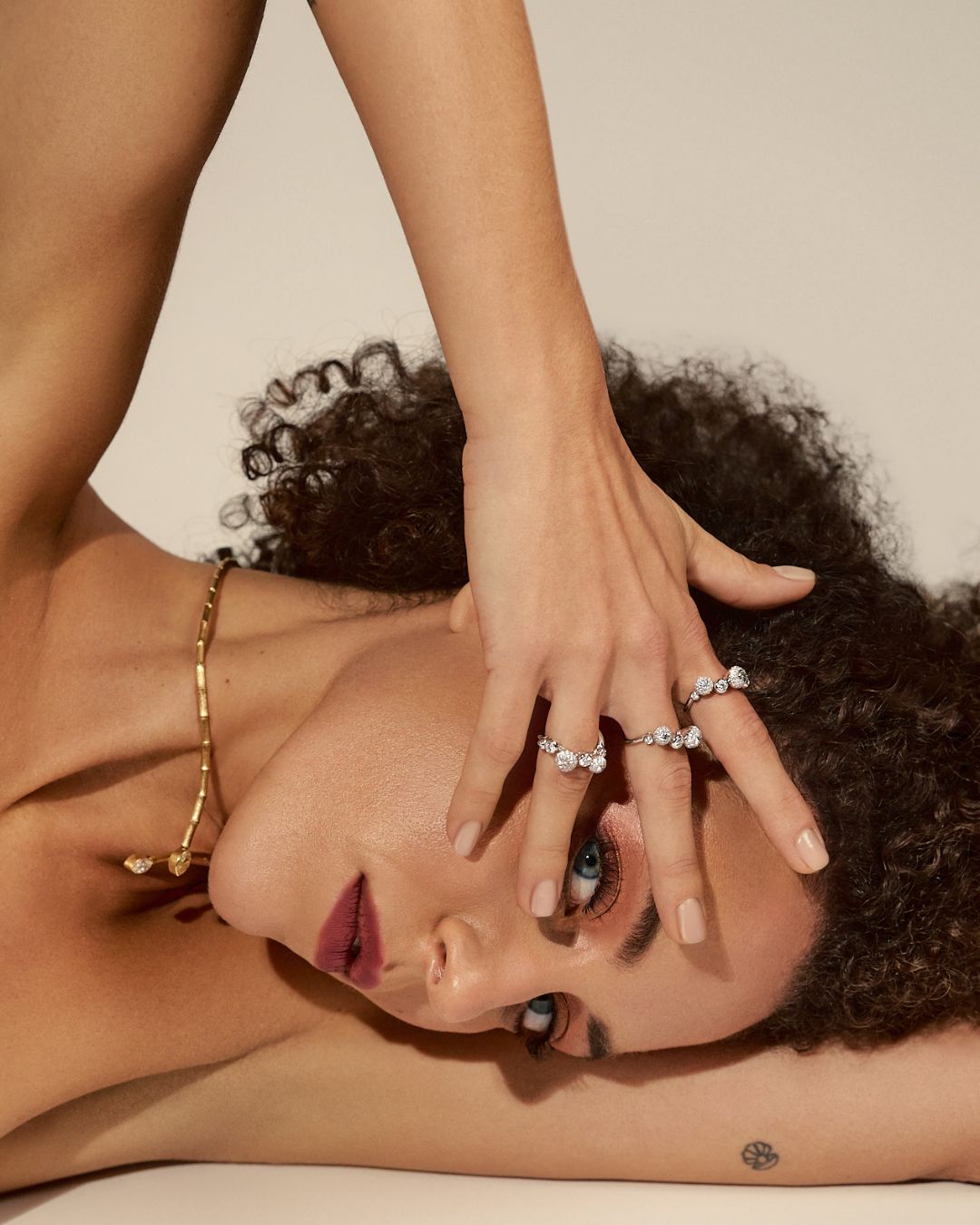
After Brilliant & Black, Thelma and Lorraine found themselves in Botswana at the same time, by happenstance.
TW: I was invited by Forbes to go to Botswana. You were open and honest about it, Lorraine, how you felt being on the continent, the effect you hoped the trip would have on you, and what you hoped you would see. It’s your candid spirit that I love. I like that you put that energy out there. At that moment, I remember I hugged you, and I was like, ‘You’re here, baby, you’re home, like come on, let’s enjoy it!’.
LW: Since I was young, I had friends from different parts of the world and different parts of Africa. So, I have always heard stories about the different countries there. But I wondered, ‘Will I ever get an opportunity to go?’ Because it seemed like such a big trip.
I was invited by De Beers Group, and the project I was a part of was called Black is Brilliant. And that was a red carpet project. We partnered with celebrity stylists and went through the journey [together].
De Beers sourced and cut rough diamonds from Botswana and sent us a selection to choose from. We were supposed to visit Botswana before or during the design process, but ultimately went in 2023, post-pandemic. Music is one of my biggest inspirations, so I used the legendary Josephine Baker and Minnie Riperton as my muses for my design.
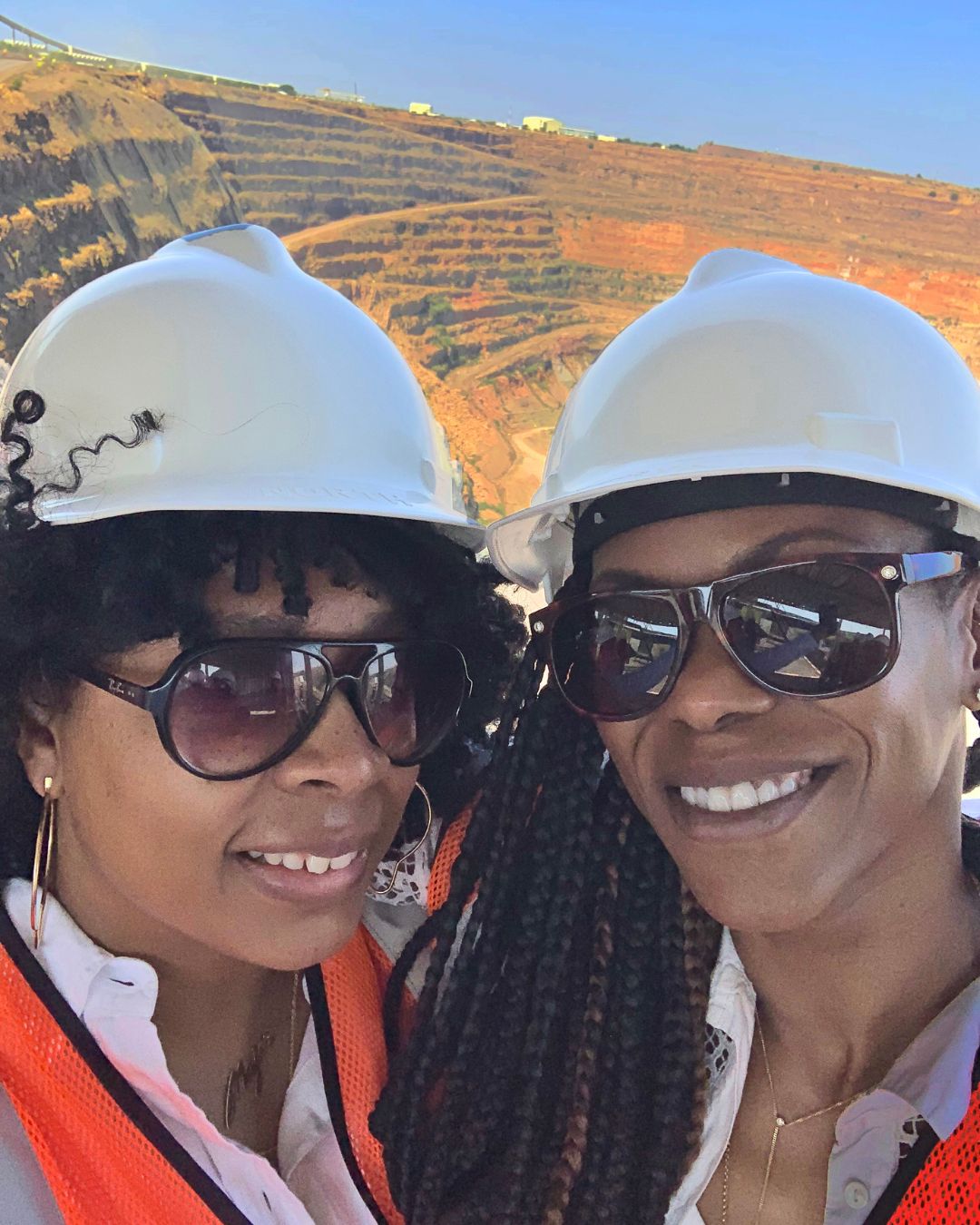
TW: I enjoyed being around you on that trip because you were so in awe: your face, everything, and all the energy you have. You were loving it, just basking in the glory and joy of being there. I remember wanting to tell you how amazing it is, ‘Look where we are, we’re standing in a place where we can trace the diamonds to the source! ’
The number of conversations I used to have about blood diamonds… I’d be like, ‘That’s not the whole story.’ It’s a very loud part of it, but it’s not the whole story, and it’s not fair to put all the attention on that because you sideline so much good that is being done.
If we don’t highlight the good, then more good doesn’t follow. You need to elevate for more people to join the path and see that there is a road to success, which is the community, it’s the people. It’s enriching the lives of the people who actually mine the diamonds, the communities where they’re from, and the environment.
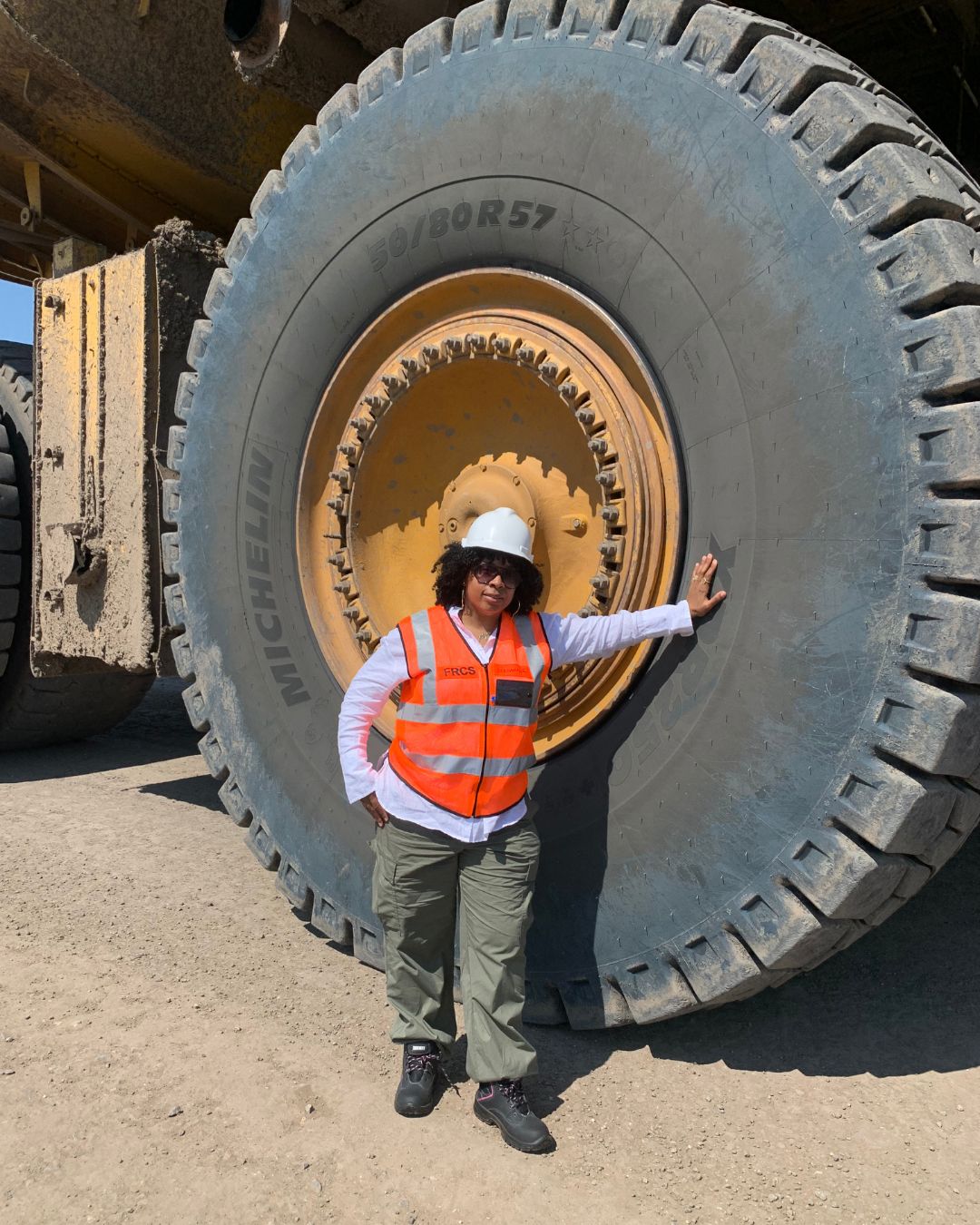

LW: The wildlife in these diamond mining countries, how it gives back to the people, they have healthcare, they have education, crime is low. All these regulations. We even went to the mine, which had zero waste and zero injury. There are women operating huge trucks and women at the production houses cutting diamonds. I had never seen diamond cutting before.
Since I have returned from Botswana… I have become more confident in myself, prouder of my lineage, and more educated. I now have friends from Botswana and am building relationships with other designers and industry stakeholders. Now, when we go to conferences, we know people and meet new people – it’s just incredible. I didn’t feel this confidence before because I didn’t have the entry path.
TW: I am all for championing women who support women in the industry because I know how hard it is for them. Like you said, seeing a room full of female cutters in Botswana. I have been to other diamond-producing countries. I have seen the change and the growth, it’s incredible. Sometimes, I wish I could make a movie, like when Blood Diamond became a sensation. Show me a movie about how it’s changed from then until now. That is a magnificent story to me; this is what we should be talking about and where we should focus. Obviously, it’s not perfect, but there is growth and change and trajectory.
Every time I go to Botswana, I make it a point to talk to the locals, understand their mindset, and understand what they get from this resource that is very deep in the earth. It’s their blessing, right?
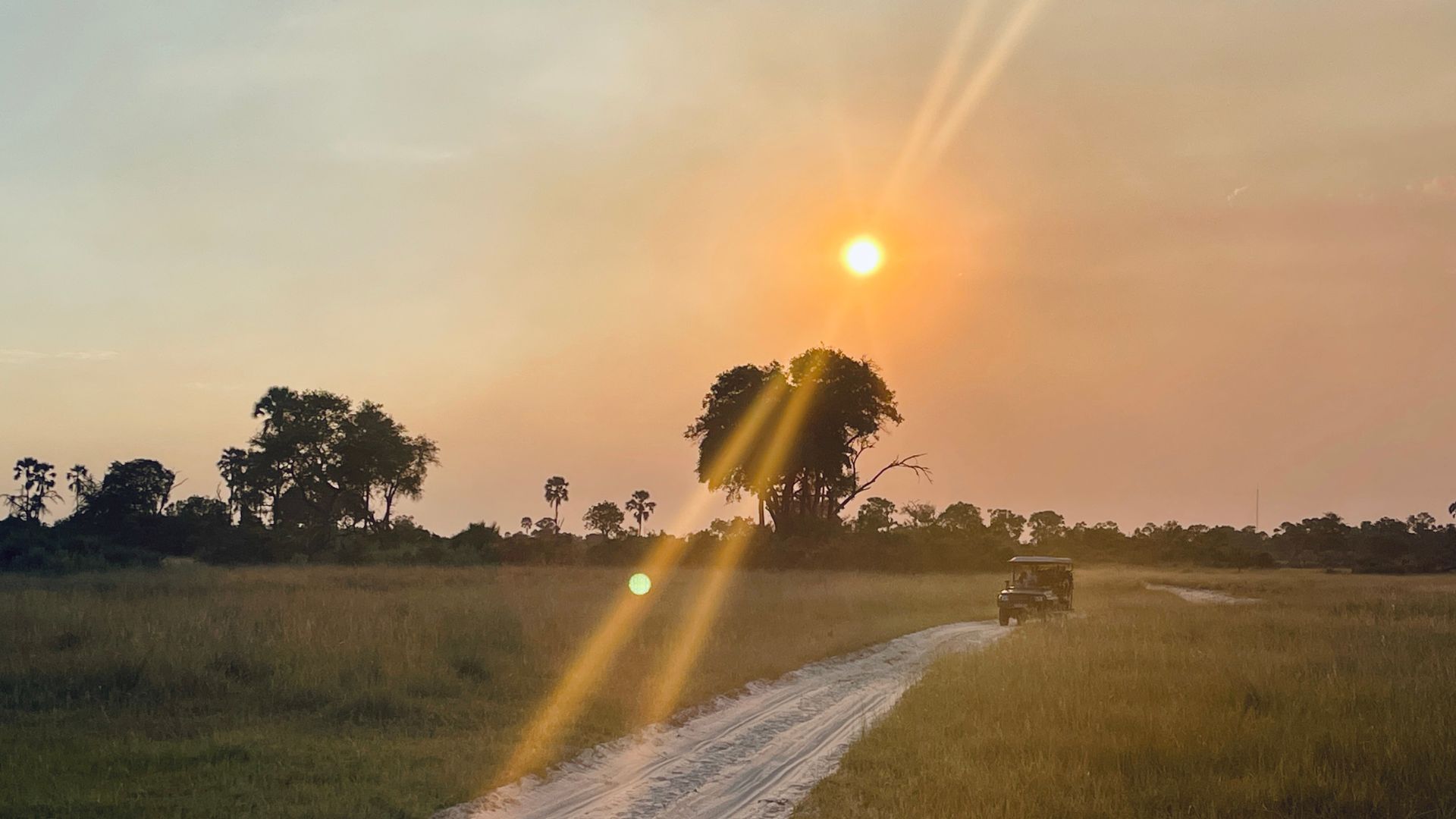
I visited a hospital in Botswana where I spoke with six doctors. I asked them where they all studied, and they all studied abroad. The fascinating thing for me was when I then asked how they paid for their education, they said diamonds. Diamonds paid for their education. I stopped and thought, “This is the American dream!” You went to school to become a doctor and came out debt-free. Are you kidding me?
LW: Yeah, that’s how it should be.
TW: This is why I champion places like Botswana and Namibia. As an African, I want that to be everywhere. I want Nigeria to be like, yes, we have sapphires, this is what we are doing, and we’re going to give back, and we want to challenge this, we want to be a part of this race. Make it a race but a race for good.
LW: Yeah, diamonds really do good, and we are a living testament to how good they are for so many people. How is it done for us, you know? We are here because of natural diamonds.
TW: I think we are lucky enough to have forged a path that means something. Like you say, the storytelling means something. On a personal note, being African means something. Natural diamonds mean a hell of a lot to me. And this is my fight with laboratory-grown diamonds. It’s not the people who make it, it’s the storytelling. Yeah, it’s an accessible gem, if you can call it that. But it’s no alternative, it’s no replacement for the real thing, not in how it builds communities, and fine jewelry is about community.

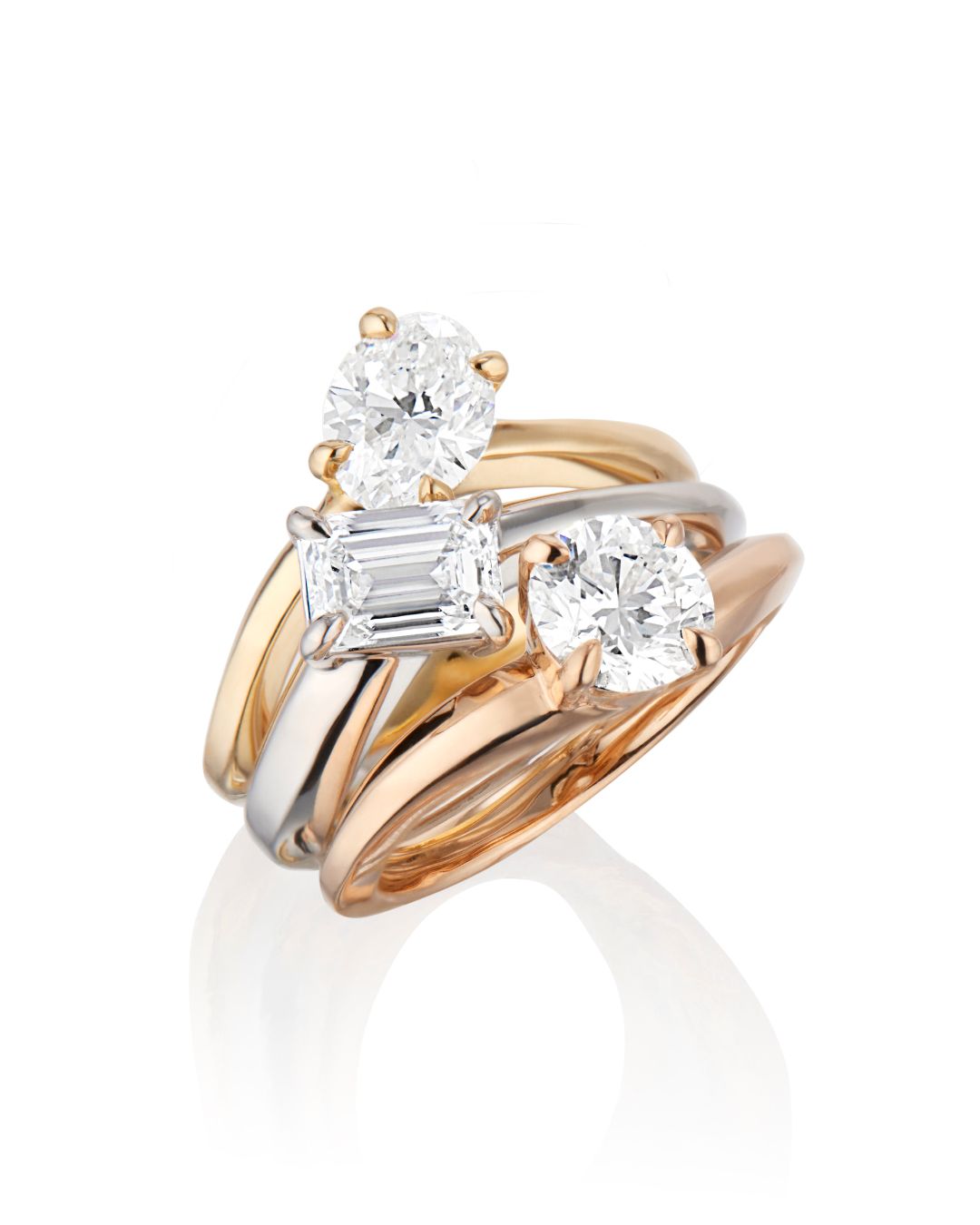
LW: Many clients are educated on diamonds. They are fine jewelry connoisseurs or collectors. But there are many, especially younger people, that don’t know anything. So, to be able to be the introduction to that education is special. They get taller, too, in a sense, because they leave the transaction knowing that they can speak about its value.
They see the value on the appraisal form, where usually, the appraisal is worth more than what they paid. It is something they can pass down as an heirloom piece and also something that has value if they did run into hard times.
From the provenance of the diamonds to the final client wearing a piece, we are connected to the story. I will only work with natural diamonds. It is something I’ve accepted.
TW: It’s such an enriching feeling. I fall in love with my clients, with the story, the journey. I love how they fall in love, not just with the rock on their finger but with the whole community that has built it up. That is special. You can’t buy that. You just can’t. And that is something you can’t get from something that is created in a lab.
